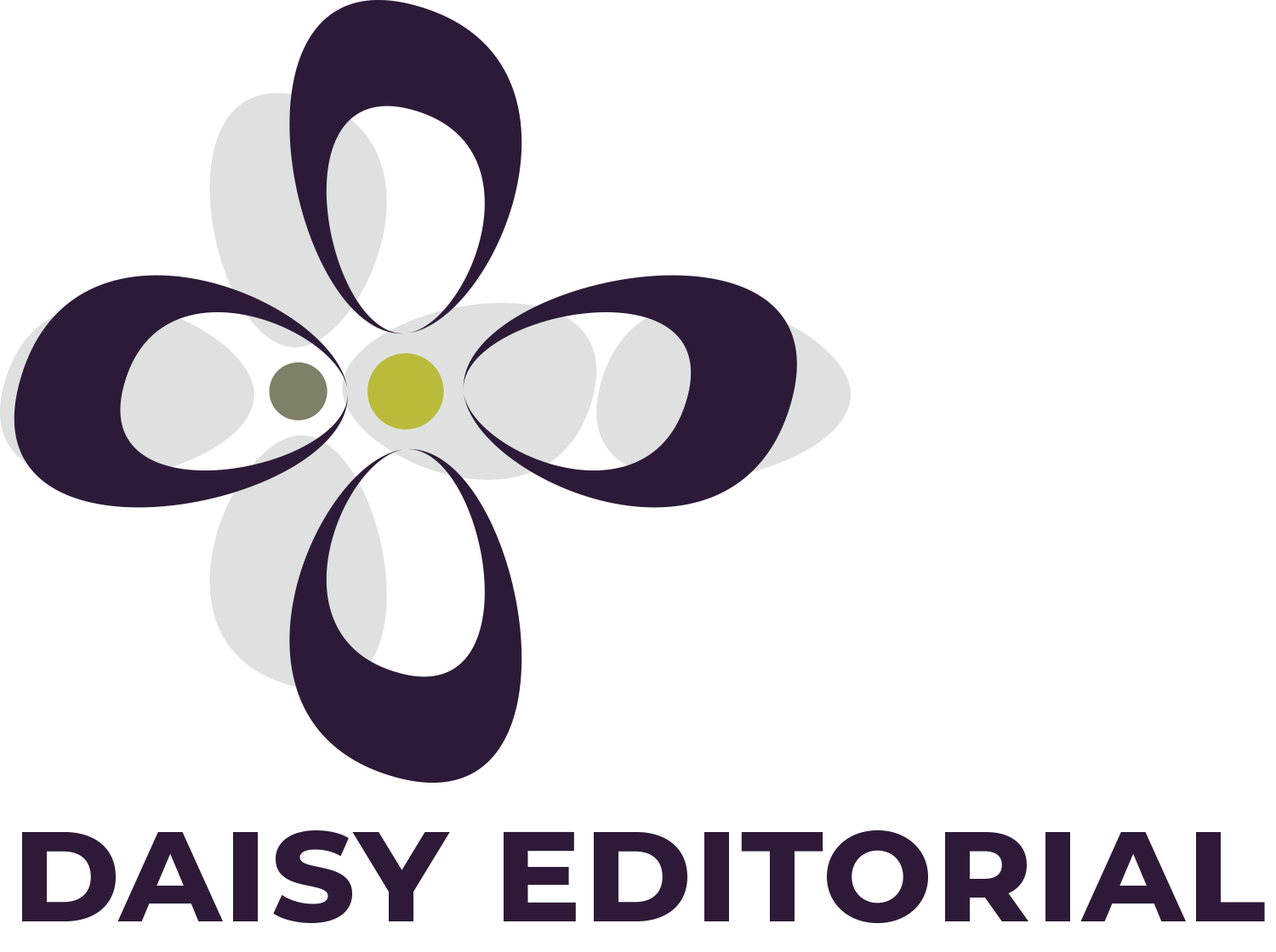Working with Daisy Editorial
Onscreen editing using digital files rather than paper manuscripts is the usual format for editing, proofreading and page layout; but if you’re still working on paper, we’ll find a way! You can send me your files via email or a file transfer service such as WeTransfer or Dropbox.
For editing, I need your text as a Word file. I use Word because it’s the industry standard for editors and works with the tools and add-ons that let me edit your work more efficiently (and therefore cost-effectively). If you’re writing in Scrivener, Pages, Google Docs or another program, I’ll discuss with you an appropriate working method.
For proofreading of formatted files prior to publication it’s best to use a PDF file so that we both see the page layout as intended.
I can work with other formats, depending on your project, such as InDesign files and PowerPoint presentations. I will deliver the end result back to you in the most appropriate format for what you want to achieve.









